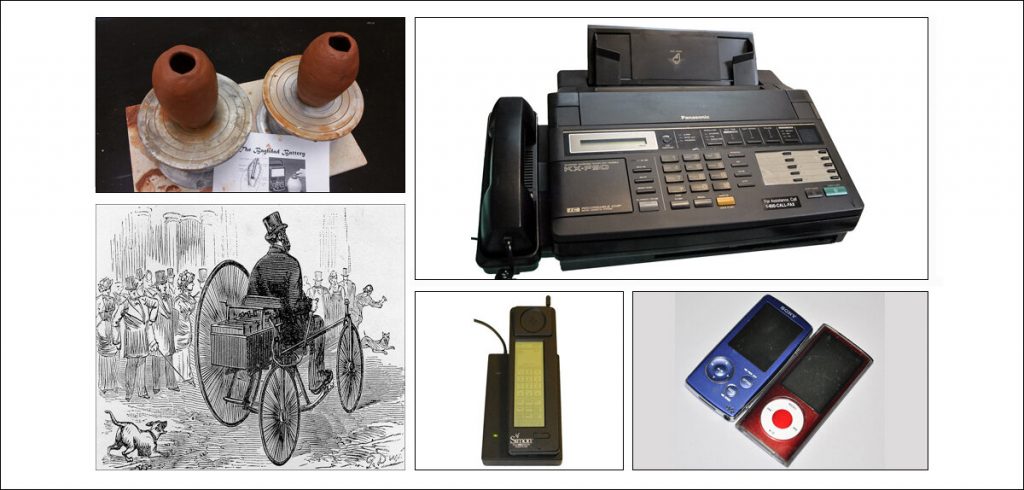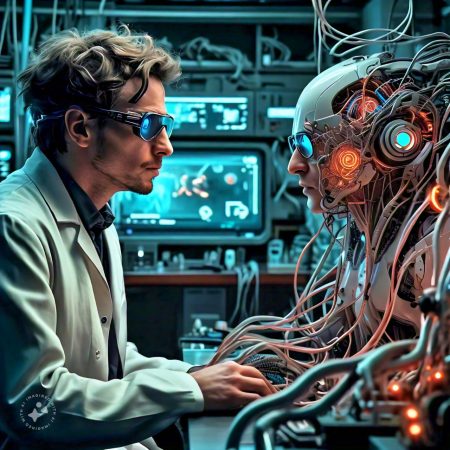The fax was invented 180 years ago, smartphones are 31 years old, while the electric car has existed for nearly two centuries reveals Satyen K. Bordoloi.
We are forced to remember the dates of wars and conquests. They are important no doubt, but dates that have a direct impact on our daily lives are rarely given attention. Like when technologies we use every day were invented.
This leads to interesting misconceptions. We might think an invention is a certain number of years old. Turns out we missed the real date by decades or a few millennia. Here are just five things whose first date of invention will shock you. Let us start with the ubiquitous smartphone.
Smartphones
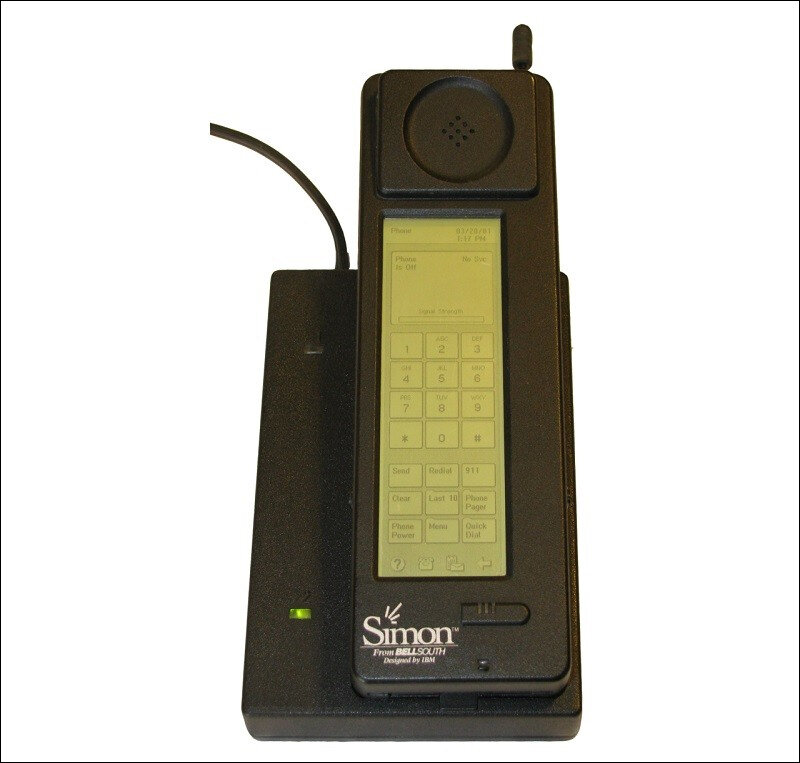
We think the first smartphone came out in 2007 when Steve Jobs launched the iPhone. Tech aficionados will rightly claim that by then, touchscreens phones that could do a lot had already existed for a few years. They, however, would have missed the actual birth of smartphones by a decade and a half.
Technically speaking the first handheld smartphone with a touchscreen was a device by IBM engineer Frank Canova who named it Angler in its prototype phase in 1992 and launched it as the Simon Personal Communicator. Besides calls, the touchscreen device could do faxes and emails and had a calendar, world timer, calculator, notepad, maps, news, address book, appointment scheduler etc.
Simon’s notable misses were a miserable memory and a black and white screen instead of the coloured ones now. It was also expensive. These were because transistor and chip miniaturization had not reached a level to make it do and have more.
MP3 Players
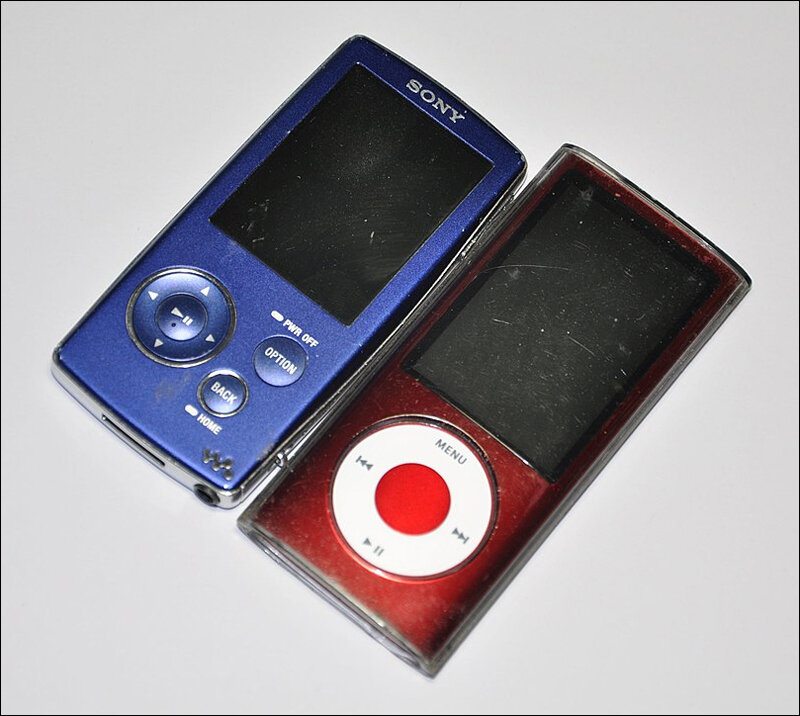
(Image Credit: Wikipedia)
Millennials remember that before the iPhone, Apple mastered the digital music player with its intuitive iPod in 2001. Again, techies will point out that MP3 players already existed by then. But few know that the digital music player was already 2 decades old.
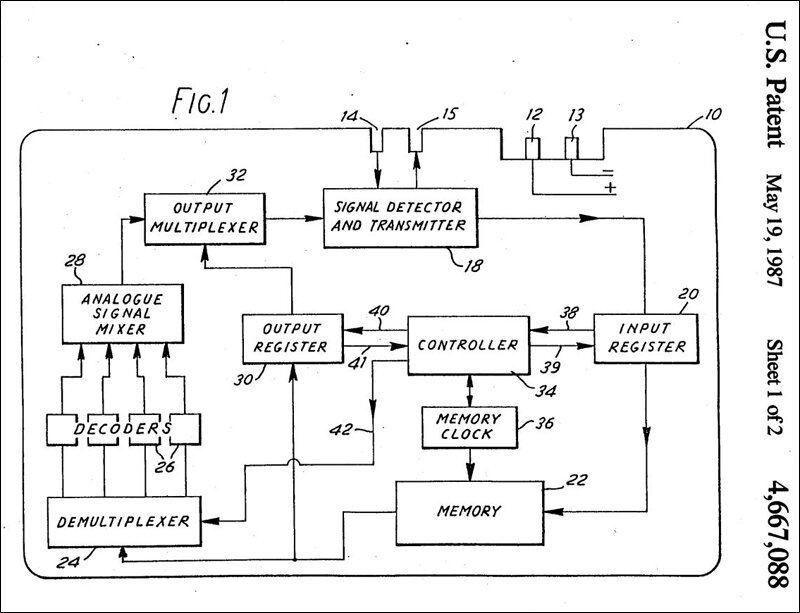
The Walkman was invented in 1979 and made music personal. Fascinatingly, it was the same year when British inventors Kane Kramer and James Campbell came out with the idea for the first digital audio player. They called it IXI, filed for a patent in 1981 and were granted it in 1985. But, once again, because hardware had not advanced enough, IXI wasn’t practical as its first version could store only three and a half minutes of music.
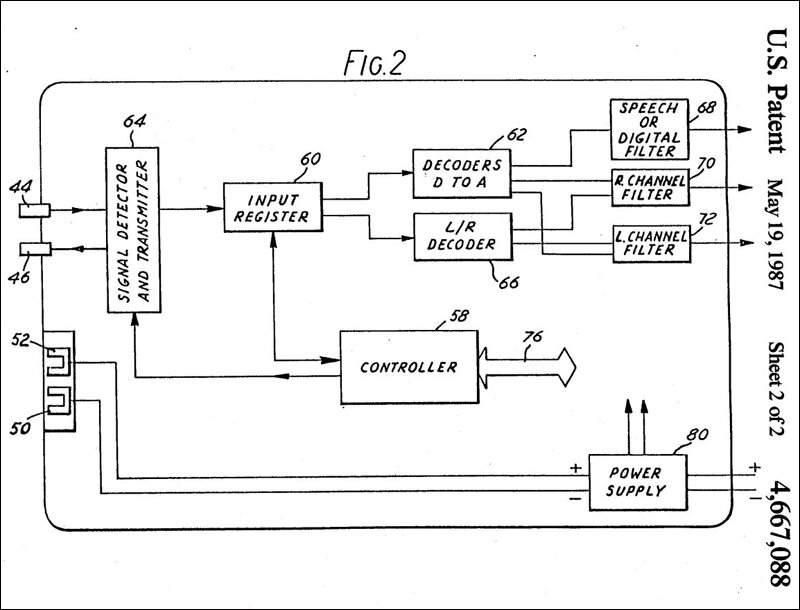
Naturally, they could not do much with their credit card-sized device with a display screen, memory, volume and navigation buttons and an interface program to sync with a computer. Sounds familiar? Because theirs were the designs that inspired the iPod and iTunes in 2001 and Apple acknowledged it as much, giving the inventors their due.
FAX and Photocopy
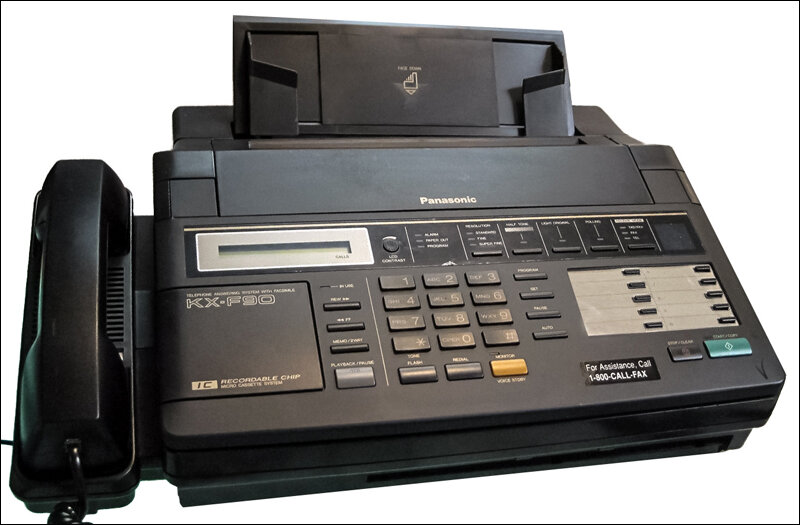
(Image Credit: Wikipedia)
Though few use fax today, in the pre-digital era beginning in the 70s to about a decade ago, a facsimile machine was the sign that a workplace was a real office. Owning one at home meant one was a big shot. The age of email made it redundant though many offices not only still have one, the fax services market is expected to grow 11 per cent year on year between 2022 and 2027 as per ReportLinker.
Most think that fax was invented around the 1950s or 60s. It was however invented 180 years ago in 1843 by Scottish inventor Alexander Bain. Bain, an amateur clockmaker, used two pendulums – one that scanned an image and the other that wrote it at a distance. These pendulum movements were synchronised line-by-line using a clock. The transmission was done by metal pins arranged on a cylinder made of insulating material for transmission.
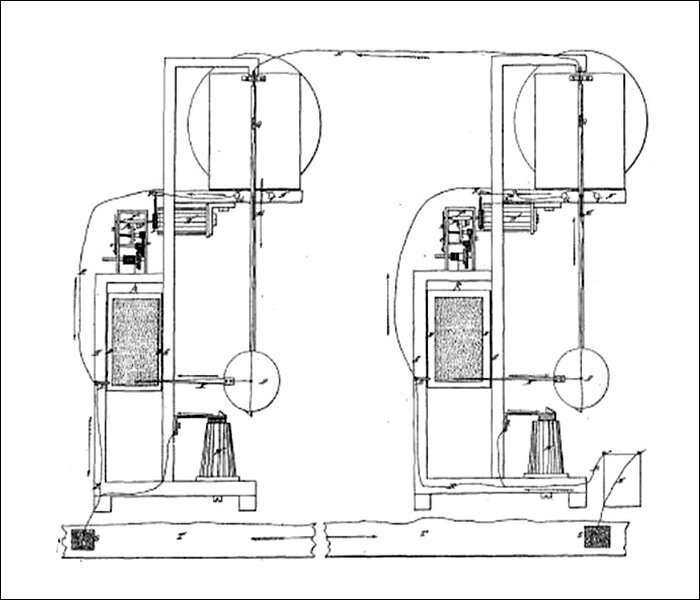
This ‘Secret Life of Machines’ program recreated how Bain’s machine worked and it is just fascinating to watch. What the ‘fax’ machine is also copying a document at distances. Doing the same in close vicinity would make it a photocopier, would it not? So, should this also be called the first photocopier in recorded hisory?
Batteries
The world runs on batteries. From laptops and mobile phones to equipment in planes and medical devices, the world would shut down without batteries. Though their uses have exploded recently in electronic devices and vehicles, most people know that this is an old invention. Indeed, it was Italian chemist Alessandro Giuseppe Antonio Anastasio Volta who in 1800 discovered that certain fluids generate a continuous flow of electrical power when used with a conductor leading to the creation of the first voltaic cell aka battery.
In 1836, English chemist John F. Daniell developed a better battery and in 1859 French inventor Gaston Plante invented the first rechargeable battery based on lead acid, a system that is still in use today.

Yet, the claim for the first-ever battery in the world was usurped when workers, while digging for a railway in 1936 near Baghdad, uncovered what seemed like a prehistoric battery that was around 2000 years old. Because it was from the Parthian empire that existed around that time, the battery is called the Parthian Battery. It was made of a clay jar filled with vinegar solution into which an iron rod surrounded by a copper cylinder was inserted producing 1.1 to 2.0 volts of electricity.
Though not all scholars agree it was a battery since the device could also have been used for electroplating as Egyptians are said to have known electroplating, it is fascinating nonetheless because as the name suggests ‘electro’ stands for electricity.
Electric Car
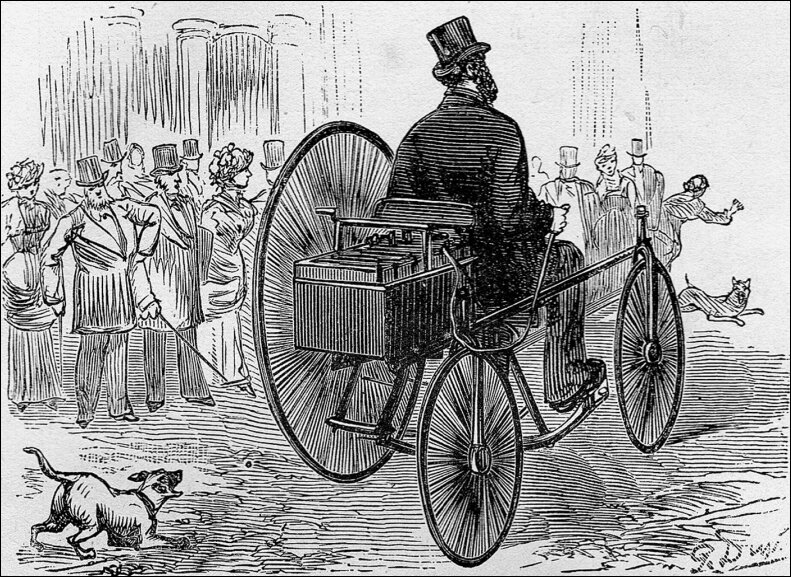
(Image Credit: Wikipedia)
Before its collapse last year thanks to the Twitter shenanigans of Elon Musk, the valuation of electric car manufacturer Tesla was more than the next five biggest car companies put together. That is the power electric cars have in our world today. Yet, ask people when they were invented and at best most will remember the 2006 documentary ‘Who Killed The Electric Car’ and say that the car was invented in the 1990s.
The truth however is that the electric car is at least as old as the battery i.e., 200 years. Though hard to pinpoint exactly when, but in the early 19th century innovators in Hungary, Holland and US began toying with the idea of a vehicle driven by electricity. Indeed, the last decade of that century and the first of the next saw a battle between three types of vehicles: those powered by gasoline, electricity, and steam.
Indeed, beginning in the 1890s electric cars gained popularity in the US, so much so that within a few years New York City had a fleet of around 90 electric taxis and by 1900, almost a third of all vehicles in the US, were electric vehicles. The reason was electric cars made no noise, were easy to drive, did not emit smelly pollutants, could be charged easily at home thanks to the electrification of cities and people did not go far anyway as roads were not so well developed outside cities.
The introduction of the mass-produced Model T from Henry Ford in 1908 changed the game. By 1912, gasoline cars cost less than half of electric cars, the invention of electric starts eliminated the need for cumbersome cranks to start the car, and the US’ roads outside cities developed but electrification didn’t keep pace. This meant people now wanted cars not just for short in-city trips, but long drives. Gasoline also became cheaper and by 1935, electric cars all but disappeared from the streets of not just the US, but the rest of the world, only to be reborn in the new millennium.
These are but five examples of things created long before we thought they were. There are dozens more. What these inventions demonstrate is that being ahead of the trends of the age is not always conducive. It also shows that ideas travel faster than the available technology to turn them into reality. And that, if anything else, is proof that when it comes to inventions, humanity has only just started.
In case you missed:
- In-pocket Nuclear Batteries Threaten to Change World Order
- Personal AI’s Future Is Here: Not What You Expected; Close to What You Need
- Apple Intelligence – Steve Jobs’ Company Finally Bites the AI Apple
- PSEUDO AI: Hilarious Ways Humans Pretend to be AI to Fool You
- What are Text-to-Video Models in AI and How They are Changing the World
- The Most Revolutionary Treatment Ever Just Became Available to You
- 9 new ways to power data centers: the unthinkable to the absurd
- 2023 Developments That’ll Alter Your Future Forever
- Bait, Hook & Catch Part 2: 15 More Common Ways Cybercriminals Cheat You
- ‘Now and Then’: Time Travelling with The Beatles’ Last AI Song



